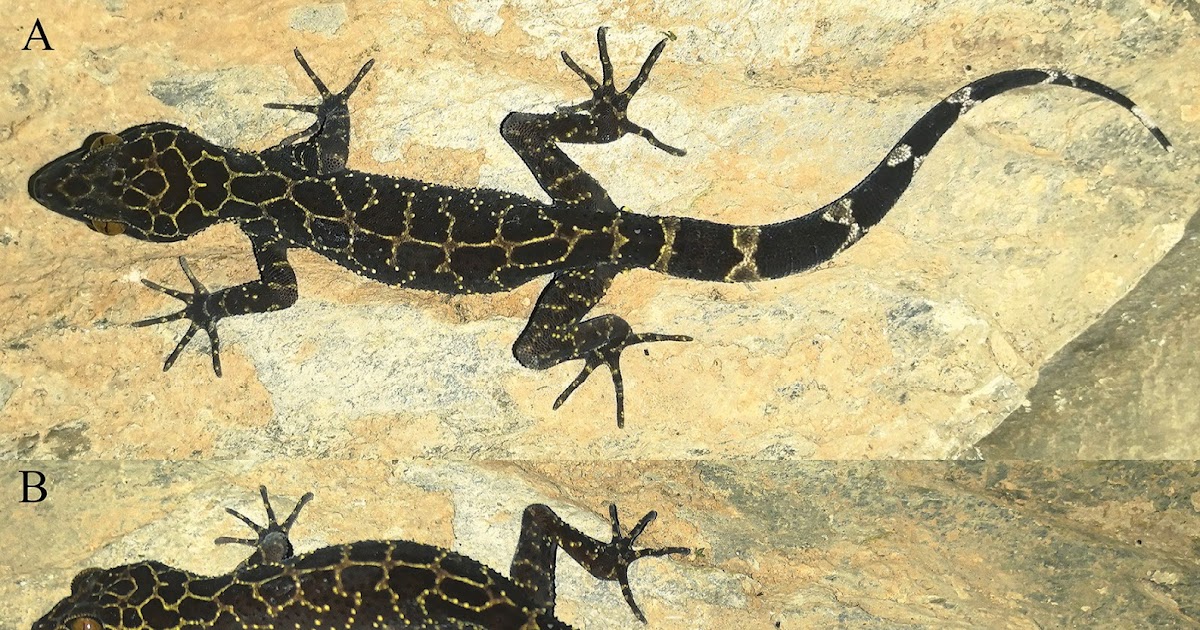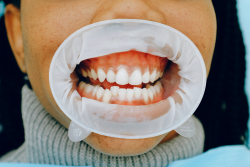Doctors hope a newly developed AI tool which almost instantly analyses the placenta after birth might improve neonatal and maternal care and reduce infections in home care, or remote regions, and hospitals and clinics which don’t have pathology services.
A team from Northwestern Medicine and Penn State in the US has developed a computer program called “PlacentaVision.” This program uses AI to analyse a photo of placenta to detect any irregularities associated with infection.
“When the neonatal intensive care unit is treating a sick kid, even a few minutes can make a difference in medical decision making,” says Dr Jeffery Goldstein, an associate professor of pathology at Northwestern University.
“With a diagnosis from these photographs, we can have an answer days earlier than we would in our normal process.”
“This tool has the potential to transform how placentas are examined after birth, especially in parts of the world where these exams are rarely done,” says Associate Professor Alison Gernand from Penn State College of Health and Human Development.
Gernand was inspired to develop this tool through her work with pregnant women who have had to deliver their babies at home due to limited healthcare resources.
“This innovation promises greater accessibility in both low- and high-resource settings. With further refinement, it has the potential to transform neonatal and maternal care by enabling early, personalized interventions that prevent severe health outcomes and improve the lives of mothers and infants worldwide.”
The placenta forms during pregnancy to provide nutrients and oxygen to the baby. Despite its vital role, examining the placenta can often be difficult or overlooked at underfunded hospitals due to a lack of resources.
Early identification of placental infections and neonatal sepsis may help healthcare workers act more quickly to administer antibiotics to newborns.
The AI, developed from data sets from the US and Uganda from a 12 year period, can also identify some maternal problems and infections such as chorioamnionitis.
To create the AI, the researchers gathered placental images and pathological reports across a 12-year period to train the model.
The model has been trained across diverse populations and different photo-taking conditions, producing a consistent performance.
“In low-resource areas — places where hospitals don’t have pathology labs or specialists — this tool could help doctors quickly spot issues like infections from a placenta,” says lead author of the study Yimu Pan, a doctoral candidate from the College of Information Sciences and Technology.
“In well-equipped hospitals, the tool may eventually help doctors determine which placentas need further, detailed examination, making the process more efficient and ensuring the most important cases are prioritized.”
The researchers say that PlacentaVision is designed to be convenient and efficient to use, with the potential to work through a smartphone.
“Our next steps include developing a user-friendly mobile app that can be used by medical professionals — with minimal training — in clinics or hospitals with low resources,” says Pan.
“The user-friendly app would allow doctors and nurses to photograph placentas and get immediate feedback and improve care.”
The researchers have also identified shortcomi9ng with photographic techniques and the findings offer guidance for clinical photography, identifying significant factors such as glare, JPEG compression, and blur, while noting lesser impacts from contrast, shadow, and minor white balance variations.
Details of the AI tool research are published in Patterns.
Read more: preventing another placenta related problem








Leave a Comment